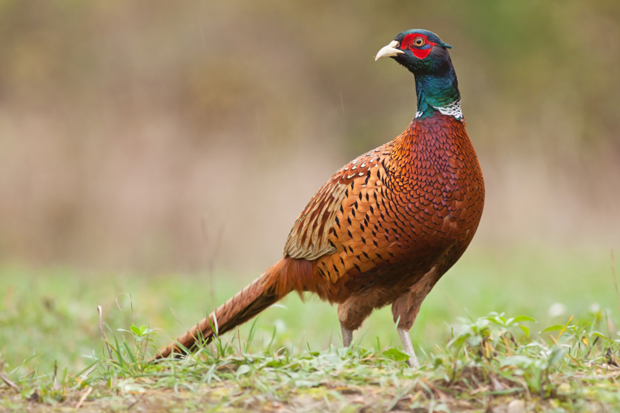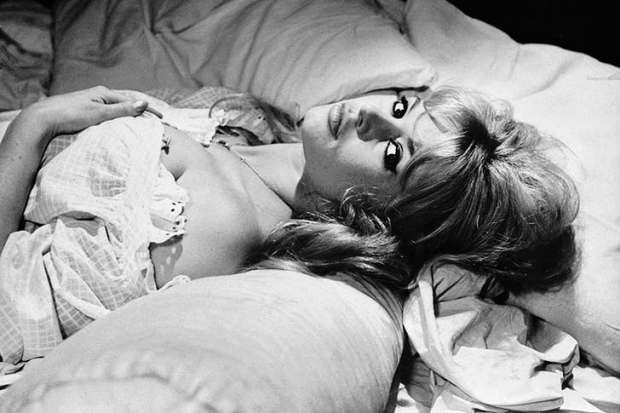This is an uplifting story of survival with which to usher in the New Year. At Stoke Park, my home in Northamptonshire, I went the other day into the West Pavilion, one of two 17th-century buildings that were once connected by colonnades to a country house that burned down in 1896. It is one large room with a single entrance door, originally used as a library, then in the 19th century as a ballroom, and nowadays only for wedding receptions and the like. It is kept locked and protected by a burglar alarm, but inside was a hen pheasant scurrying frantically about.
I wondered how it could possibly have got in there until I looked up and saw a jagged hole in the large Venetian window overlooking the park and splinters of glass all over the floor inside. There had been shooting in the park that day, and the bird, in desperate flight from the guns, had clearly flown into the window at high speed and simply burst through it. But it appeared completely unhurt. I cornered it and tried to catch it, but it gave me the slip and took off again in renewed terror towards a kind of hidden minstrels’ gallery high up above the entrance door, where it crashed into another window, cracking another pane, and fell out of sight on to the gallery’s floor. There was silence and no sign of movement.
I felt that this time there could be no doubt that it had done itself in, though I couldn’t be absolutely sure until I had found a tall ladder and gone up to see for myself, which at my age would have been rather a hazardous enterprise. But I returned an hour or two later to find continued silence and so was confirmed in my conclusion. Next day, however, the woman who organises these wedding receptions, who had gone into the pavilion to show a prospective wedding couple round, telephoned to say that there was another pheasant running around in there.
Another pheasant? That seemed unlikely. The only way another pheasant could have got in there would have been by flying through the same hole in the window that the first pheasant had made, and that would have shown rather more intelligence than pheasants are usually capable of. And so it turned out. When a glazier came a day or two later to repair both windows, and climbed a ladder into the gallery, there was no body to be seen. The original pheasant, having lain there unconscious for who knows how long, must have recovered, flown down to the floor again and taken the opportunity, when the entrance door was opened once more, to make a more decorous exit on foot. Now, I like to think, it has celebrated a happy new year with its friends and boasted of its extraordinary survival.
I can’t say I am pleased about the damage it did to my windows, but I feel I should blame the shooters more than I should blame the bird; and I very much hope that it survives at least until the end of this month when the shooting season ends. This can’t be guaranteed, for the gentry of Northamptonshire, when they are not hunting foxes, spend most of their time in the winter shooting birds. But not all of them are very good shots, and pheasants, though they get killed in their thousands, are also extremely hardy. My shooting days are long over, but I can still remember many times when a pheasant plummeted from the sky to the ground only to get up again later and run off into the undergrowth.
Pheasants are not among the most lovable of creatures, and there probably wouldn’t be many of them around now if they were not bred in their millions for the purpose of being shot. Their number is now about one third of the human population of these islands, but although they are rich in protein, few people want to eat them, and huge numbers of them end up buried in mass graves. Their main function is to satisfy the social aspirations of the urban nouveaux riches, which is not a good cause for which to die. So we should rejoice at the odd case of a pheasant that survives against the odds.
Got something to add? Join the discussion and comment below.
Get 10 issues for just $10
Subscribe to The Spectator Australia today for the next 10 magazine issues, plus full online access, for just $10.
You might disagree with half of it, but you’ll enjoy reading all of it. Try your first month for free, then just $2 a week for the remainder of your first year.













Comments
Don't miss out
Join the conversation with other Spectator Australia readers. Subscribe to leave a comment.
SUBSCRIBEAlready a subscriber? Log in